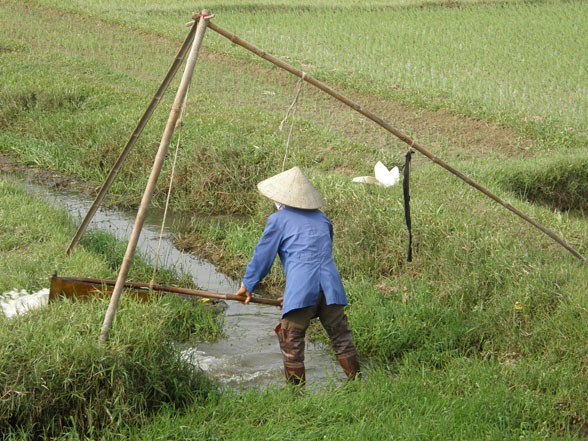Millions of people have been farming in Texas for a very long time. In fact, agriculture is one of the major components of the state’s economy. But news reports have been showing that the farming industry is facing real problems that pertain to climate change. That’s right, many farmers have to cut back their production, if not stop entirely, due to insufficiency of water.

Rice Farming
As many know, Texas has been experiencing a serious drought, one that is comparable to the drought back in the 5o’s. The National Climatic Data Center describes the 50’s drought as ”characterized by both low rainfall amounts and excessively high temperatures.” Sounds familiar? The Austin American Statesman reports that, “The Lower Colorado River Authority could soon ask the state environmental agency to declare the current drought worse than the one in the 1950s.”
The Lower Colorado River Authority is now trying to get the EPA to regulate the water Texas farmers are using. This will affect as many as 70 counties in central and southeast Texas. For example, the Highland Lakes, a water supply to most rice farms in southeast Texas, might soon be cut off to farmers under the LCRA’s pending water management plan.
More than 42 million acres are affected, which is about a quarter of our state, an area roughly equal to the total land area of New England.
The LCRA is the same entity that allows the South Texas Project nuclear plant to withdraw as much water as it needs. A proposed project to add two more nuclear reactors to the South Texas Project will require as much water as what half of the city of San Antonio needs in a dry year. It seems a little contradictory. If we need to cut back and become more conservative in using our resources, we all need to cut back and not just some of us. We should also be careful that our energy sources don’t unnecessarily use up the water that we need for residents and agriculture — and surely not when other energy sources (wind, solar, energy efficiency, to name a few) are available with minimal water use.


